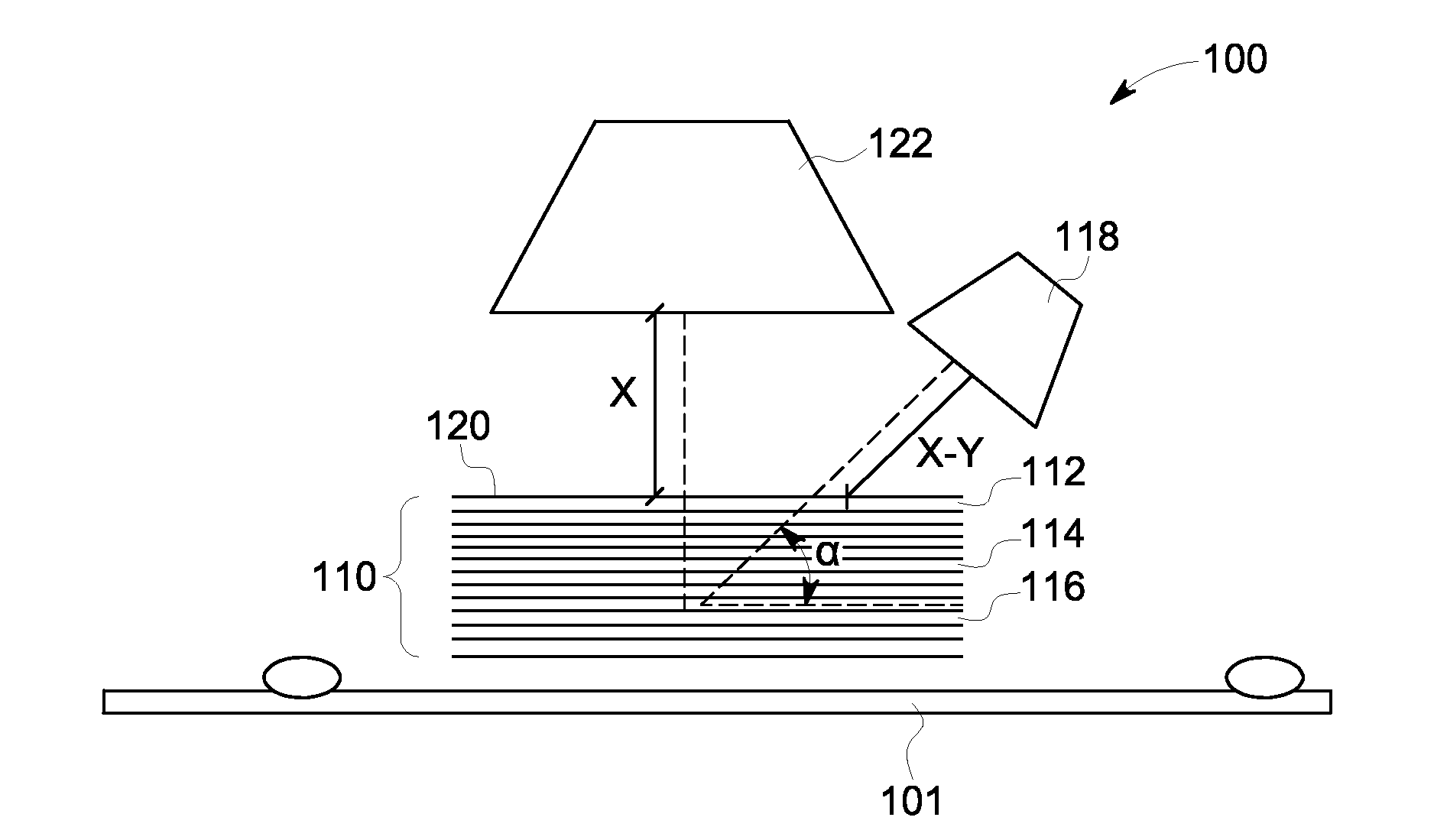Uv-ir combination curing system and method of use for wind blade manufacture and repair
a technology of composite materials and curing systems, applied in the field of composite material curing techniques, can solve the problems of wind turbine rotor blade designs becoming increasingly complex, wind turbines cannot generate electricity, wind turbines may be taken off-line,
- Summary
- Abstract
- Description
- Claims
- Application Information
AI Technical Summary
Benefits of technology
Problems solved by technology
Method used
Image
Examples
Embodiment Construction
[0024]As discussed in detail below, embodiments presented herein provide a combination UV-IR cure source manufacturing and repair system for composite structures and a method of manufacturing and repairing a composite structure using a combination UV-IR cure system. A composite structure used herein is defined as a structure having multiple composite layers, or plies, wherein the composite structure is manufactured and / or repaired using a combined UV-IR curing source to bond the multiple layers. The multiple composite layers comprise at least one filler or fiber, a curable monomer and at least one photoinitiator. In the specification and the claims which follow, singular forms “a”, “an” and “the” include plural referents unless the context clearly dictates otherwise. The term “combined” modes as used herein, are modes of manufacture or repair in which initially, a plurality of material layers forming the composite structure are heated by a heating step using a first radiation source...
PUM
| Property | Measurement | Unit |
|---|---|---|
| wavelength | aaaaa | aaaaa |
| wavelength | aaaaa | aaaaa |
| temperature | aaaaa | aaaaa |
Abstract
Description
Claims
Application Information
 Login to View More
Login to View More - R&D
- Intellectual Property
- Life Sciences
- Materials
- Tech Scout
- Unparalleled Data Quality
- Higher Quality Content
- 60% Fewer Hallucinations
Browse by: Latest US Patents, China's latest patents, Technical Efficacy Thesaurus, Application Domain, Technology Topic, Popular Technical Reports.
© 2025 PatSnap. All rights reserved.Legal|Privacy policy|Modern Slavery Act Transparency Statement|Sitemap|About US| Contact US: help@patsnap.com



